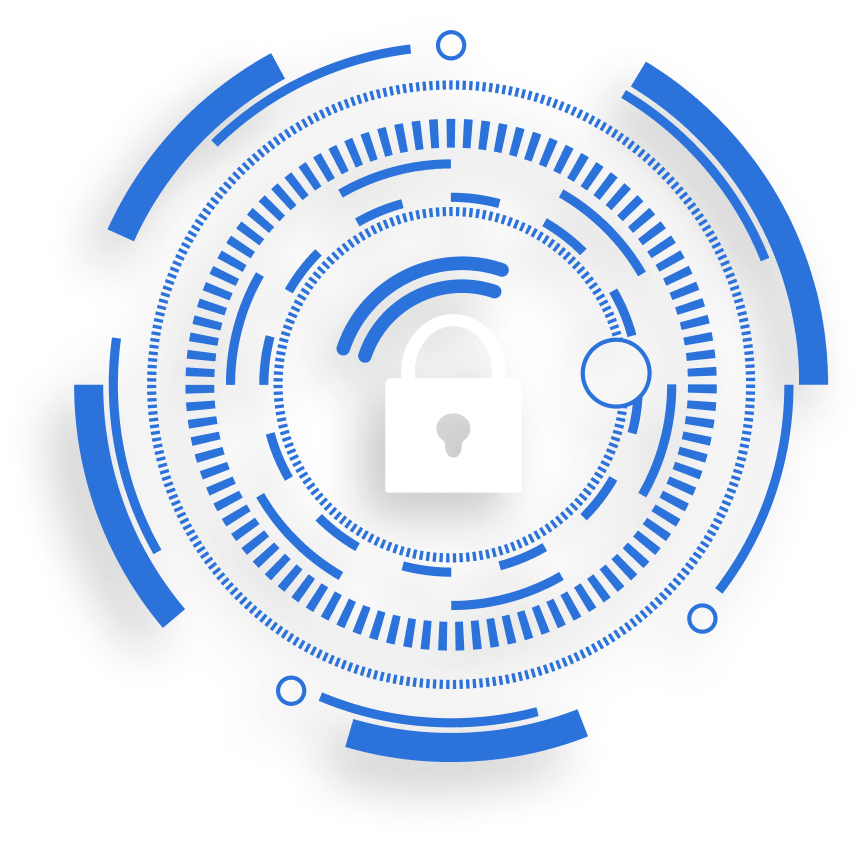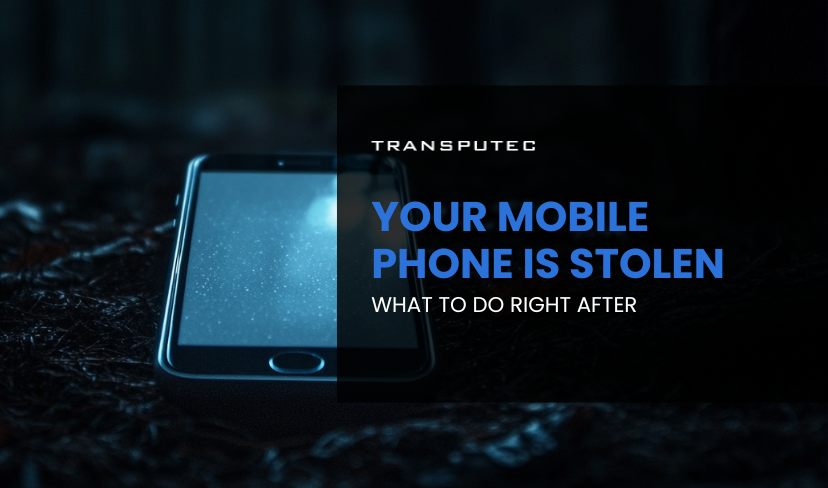Written by KRITIKA SINHA | MARKETING
Losing your mobile phone or having it stolen can be a distressing experience, not only because of the device’s cost but also because of the sensitive information it holds. Knowing what to do if your mobile phone is lost or stolen can help you protect your data, prevent misuse, and even increase the chances of recovery. In this guide, we’ll take you through expert steps on how to act immediately and secure your data with ease.
Why is it important to act quickly?
When your mobile phone is lost or stolen, time is of the essence. Thieves can quickly access your personal information, including your contacts, messages, and even financial data, if they gain access to your device. By acting swiftly, you can significantly reduce the risk of identity theft, financial fraud, and other potential security breaches.
Step-by-Step Guide: What to Do if Your Mobile Phone is Lost or Stolen
Acting quickly after realising your mobile phone is lost or stolen can be critical to protecting your personal information. Follow these steps to safeguard your data and prevent unauthorised access.
1. Calmly Assess the Situation
The initial shock when your mobile phone is lost or stolen can be overwhelming, but staying calm is key to taking effective action. Retrace your steps to see if you might have left the device in a safe location. If it’s indeed stolen or lost, you’ll be better prepared to handle the situation by staying level-headed.
2. Try to Track Your Device Using Built-In Features
One of the first steps in “What to Do if Your Mobile Phone is Lost or Stolen” is to use tracking services available on most smartphones. Here’s how:
- For iOS Devices: Log in to Find My iPhone on another Apple device or through iCloud. You’ll have the option to locate, lock, or erase the phone remotely.
- For Android Devices: Go to Find My Device and sign in with your Google account. You can then track the device’s location, lock it, or wipe the data.
If your device is powered off or the GPS is disabled, tracking may show the last known location, which can be useful for informing the police or filing an insurance claim.
3. Lock Your Device Remotely
Locking your phone is essential to protect sensitive data. Many operating systems allow you to lock the device remotely. This step prevents anyone from accessing your information and can be followed up with a custom message to alert the finder that the device is lost and provide your contact details.
- For iOS Devices: Use the “Lost Mode” on iCloud, which locks the device and displays a message.
- For Android Devices: Lock your phone using the “Secure Device” feature on Find My Device.
4. Contact Your Mobile Carrier to Suspend Services
When discussing what to do if your mobile phone is lost or stolen, notifying your carrier is a priority. Contact your service provider immediately to report the loss and suspend your services. This prevents unauthorised calls, messages, or data usage. Some carriers also offer the option to block the device’s IMEI number, making it unusable on their network.
5. Log Out of Important Accounts Remotely
It’s crucial to prevent unauthorised access to any accounts that may be logged in on your phone. Many online services, such as email, social media, and banking apps, allow you to sign out remotely from other devices. Here’s how:
- For Google Accounts: Go to your Google account settings and sign out of all devices.
- For Social Media Accounts: Most platforms like Facebook, Instagram, and Twitter have security settings that allow you to review and log out of active sessions.
- For Banking Apps: Many banking applications provide support hotlines to help you secure your account in case of a stolen device.
Recovering from the Loss when your Mobile Phone is Lost or Stolen
Once you’ve secured your accounts and data, it’s time to think about recovery:
- Insurance Claims: If you have phone insurance, start the claim process as soon as possible.
- Data Recovery: If you manage to recover your phone, carefully check for any unauthorised changes or installations before using it again.
- Learn from the Experience: Use this as an opportunity to improve your mobile security practices.
Protect your Business 24/7 with Transputec!
Our Managed SOC Cost Calculator estimates potential expenses for security tools and other costs based on your requirements.
Advanced Security Measures
After taking immediate action, consider these additional security measures to safeguard your personal information and prevent future incidents.
1. Enable Multi-Factor Authentication (MFA)
Using Multi-Factor Authentication adds a second layer of security to your accounts. Even if someone attempts to log in, they would still need a verification code, which is typically sent to a secondary device or email.
2. Update and Strengthen Your Passwords
Change the passwords for any sensitive accounts that might be accessible from your device. Using a password manager can make it easier to create and remember strong, unique passwords across all platforms, greatly reducing the chance of unauthorised access.
3. Consider Mobile Security Software
Mobile security apps offer features like remote locking, wiping, and even taking photos if someone attempts to access your phone. Some also provide cloud backups and alerts if unusual activity is detected. Research reliable options to find a solution that best suits your needs.
Conclusion
Being prepared and knowing what to do if your mobile phone is lost or stolen is the best way to protect your data and prevent identity theft. The steps above will help secure your device, safeguard your personal information, and improve the odds of recovery.
Protect Your Data and Devices with Transputec
If you want additional guidance or need comprehensive digital security solutions, Transputec can help. Our experts are here to assist you with the latest technology and security advice to protect your mobile devices. Contact us today to learn more about safeguarding your data.

Secure Your Business!
Ready to explore how we can enhance your security posture? Contact us today to speak with one of our experts.
FAQs
Can I still locate my phone if it’s powered off?
If your phone is powered off, it cannot be actively tracked. However, some tracking services will show the last known location, which may still be helpful for authorities.
Should I change my passwords if my phone is stolen?
Yes, changing the passwords on accounts accessible from your device is a wise precaution. This limits the chance of unauthorised access to sensitive information.
Can I recover my phone if it was stolen and the SIM card was removed?
While tracking with the SIM card removed can be difficult, devices with Wi-Fi capabilities may still connect to the internet and reveal their location. Always report the loss to your carrier and the authorities.
What if I don’t have tracking services enabled on my device?
If tracking isn’t enabled, it may be harder to locate your device. However, you can still lock it remotely and log out of any sensitive accounts to protect your information.
Is there a way to prevent my phone from being used on other networks?
Some carriers offer an IMEI block that renders your phone unusable on their network. Contact your carrier to see if this option is available, as it can be an additional safeguard.






